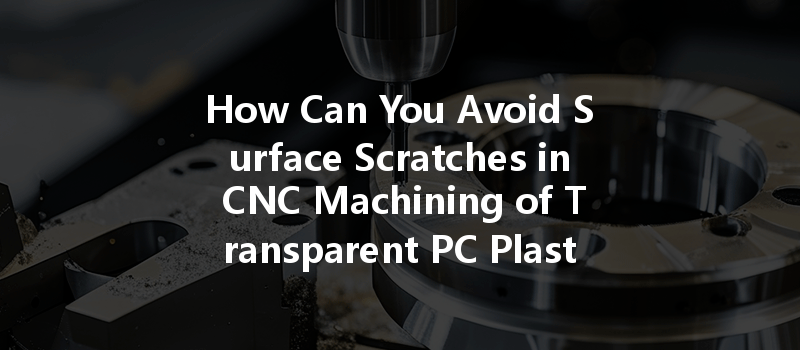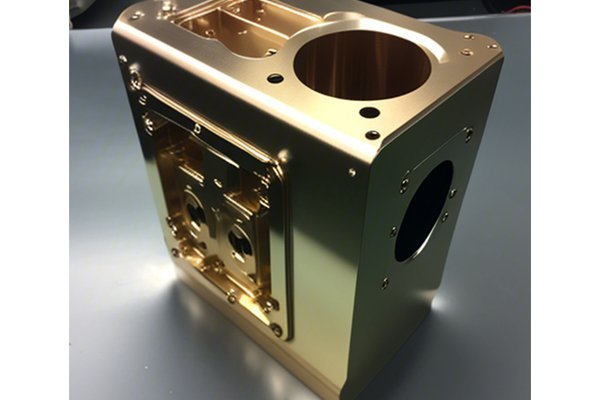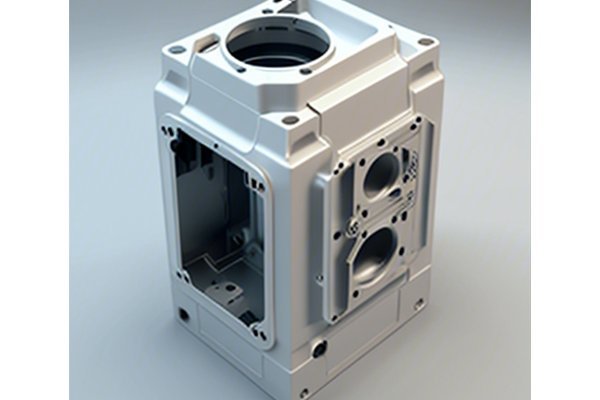Opening:
Did you know that the global polycarbonate (PC) plastic market is expected to grow from $18.2 billion in 2022 to $29.0 billion by 2028? With its remarkable clarity and strength, polycarbonate is rapidly becoming the material of choice for a variety of demanding applications—ranging from eyewear lenses to automotive components. However, one of the most significant challenges faced by manufacturers and prototypers using CNC machining with polycarbonate is the susceptibility of transparent surfaces to surface scratches. This not only affects the aesthetics of the final product but can also lead to functional impairments, making it crucial to understand how to minimize surface damage in the machining process.
Content:
The Importance of Surface Integrity in CNC Machining
In the world of CNC machining, particularly with materials like transparent PC plastics, the integrity of the surface is paramount. Surface scratches can dramatically affect both the optical clarity and mechanical properties of the finished material. Hence, avoiding these scratches is critical for companies looking to deliver high-quality products that meet customer expectations.
Surface imperfections can arise from three main sources during CNC machining:
Solutions to Avoid Surface Scratches
Achieving a scratch-free finish on transparent PC plastics during CNC machining requires a multi-faceted approach. Here are several strategies to minimize surface scratches effectively:
Utilizing high-quality, sharp tooling materials can significantly reduce the risk of scratches on PC plastics. Consider the following aspects:
The speed and feed rates must be optimized for the specific CNC machine and tooling used. Blades should work at a cutting speed that balances efficiency and quality:

Minimizing environmental stressors can significantly affect the machining process:
Handling is crucial in maintaining the integrity of PC plastics post-machining:
Implementing post-machining treatments can recover some of the surface integrity:
Regular inspections can help identify and mitigate problems before they affect large batches of product. Consider the implementation of:
In summary, avoiding surface scratches during the CNC machining of transparent PC plastics is essential for producing high-quality parts that meet aesthetic and functional demands. By selecting the right tooling, optimizing cutting parameters, controlling the machining environment, implementing careful handling procedures, considering post-machining treatments, and instituting stringent quality control measures, manufacturers can mitigate the risk of surface damage effectively.
The implications of these practices extend beyond aesthetics; not only do they enhance product quality, but they also improve production efficiency and customer satisfaction. As industries increasingly rely on transparent PC plastics for innovative applications, understanding and implementing methods to maintain surface integrity is more critical than ever.
Whether you are a seasoned CNC machinist or a newcomer to the field, remember that the quality of your work reflects directly on your business. Embrace these techniques to ensure that your commitment to excellence shines through, quite literally, in every transparent part you produce.



